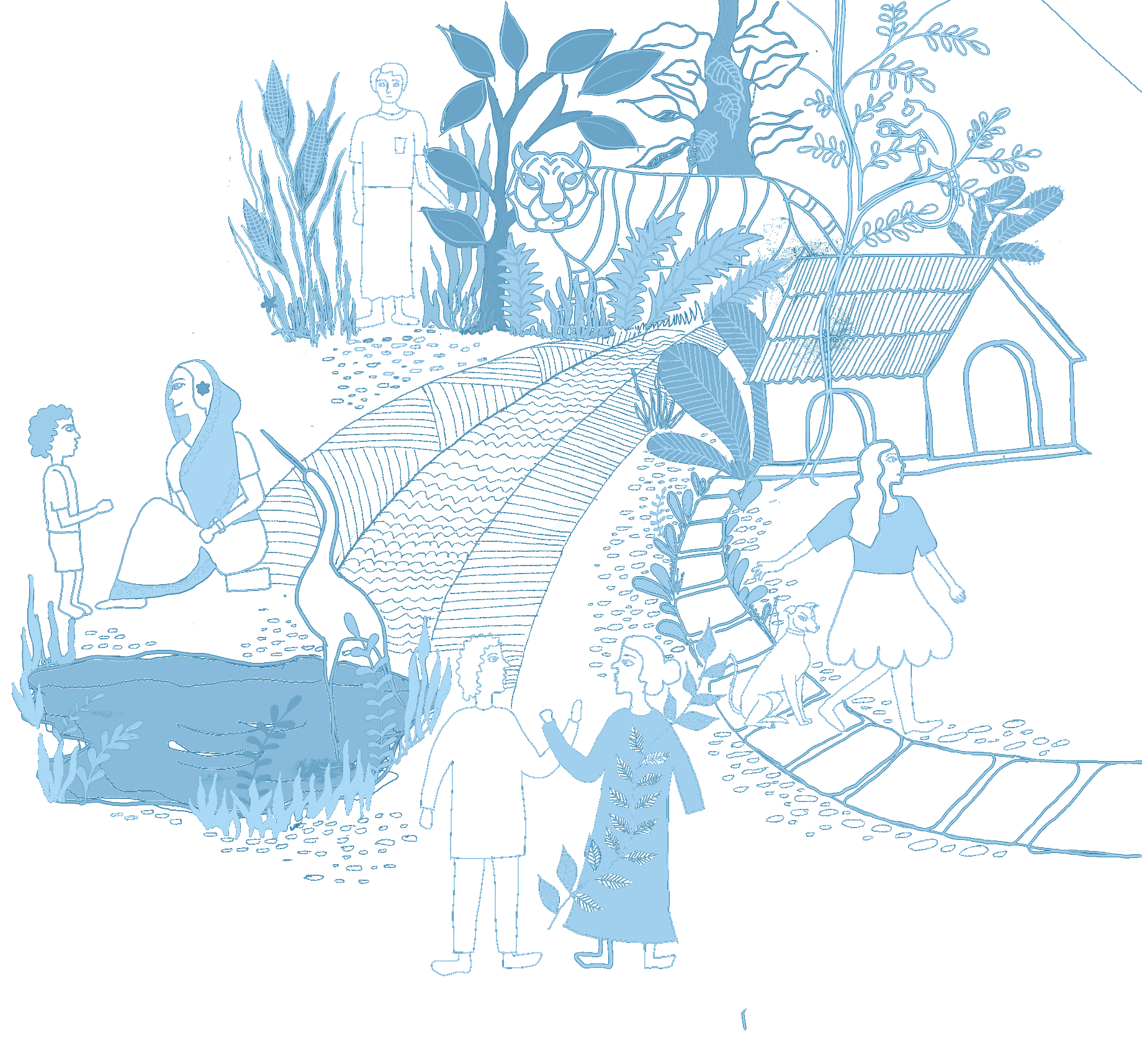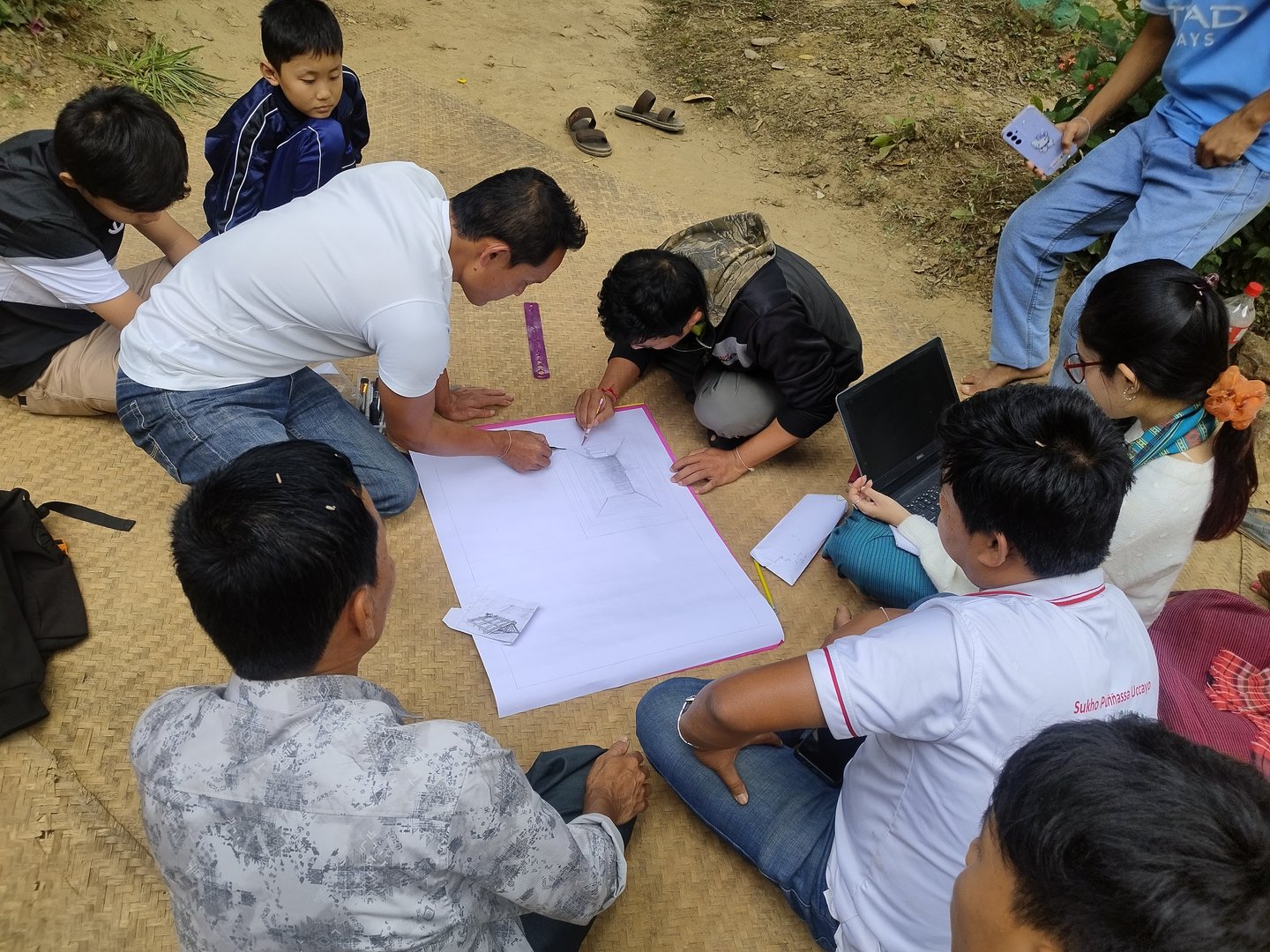

Session 1
The first session started with the introduction of the project and its purpose: to connect the community, promote the use of traditional knowledge and prepare for natural disasters. Participants were encouraged to introduce themselves and share their expectations from the gathering. It was amazing to see participants actively engaging, asking questions, and showing a keen interest in learning and contributing to the discussions.
Session 2
The second session was a deep dive into the main topic; the nature of disasters. Together, we analyzed the differences between past and present disaster scenarios, including the changing intensity and frequency of cyclones, heavy rainfall, and other calamities. The group also shared their experiences regarding traditional knowledge and practices that their ancestors used to protect themselves, their families, and their wealth during disasters. Specially mentors shared interesting situations they faced in the past during disasters. Even, they share how they saved the community by following some amazing tricks from seniors. Discussions revolved around themes like community unity, pre-disaster preparations, and post-disaster recovery. On the other hand, one key focus was on the Barba Ghar, a traditional shelter designed specifically to withstand disasters. Participants exchanged stories of resilience, describing how Barba Ghar has historically served as a safe place during storms. The youth were particularly intrigued, asking questions about the materials, techniques, and rebuilding practices associated with this traditional structure. Many took detailed notes, eager to carry this knowledge forward.
Session 3
The 3rd session was based on a practical demonstration. Mentors, Uddipon Chakma, Mon Chandra Chakma skillfully showed participants how to construct a Barba Ghar using bamboo and other locally available materials, emphasizing its durability during heavy rainfall and cyclones.
Session 4
To ensure the learning, an artist Rupom Chakma creatively recreated the design of the Barba Ghar in front of the participants, visually bringing the concept to life in an art Paper. This artistic presentation highlighted every detail of the structure, from its preparation to its role during and after a disaster, providing the participants with a vivid understanding of its importance.
This interactive session was truly remarkable. It not only facilitated the transfer of valuable traditional knowledge but also reminded the community of the importance of resilience, unity, and preparedness. The practical and artistic elements made the session engaging and memorable, inspiring the youth to take these lessons forward in their own lives and communities. It was a powerful reminder that solutions to modern challenges often lie in the wisdom of the past. Finally, participants expressed their opinion that it was a crucial initiative